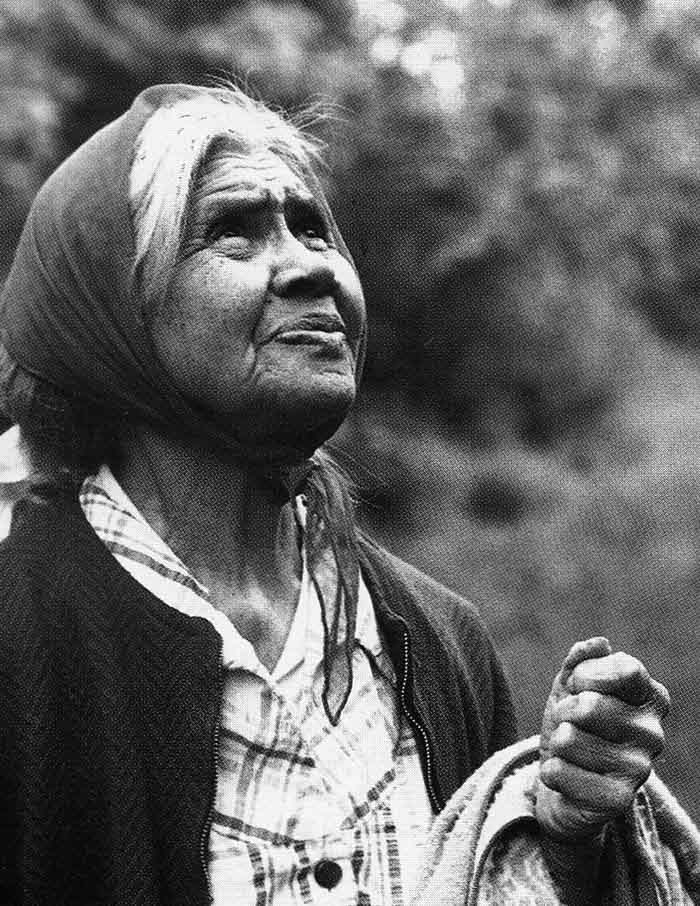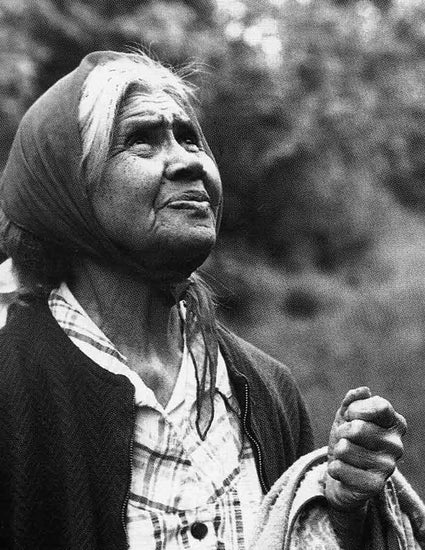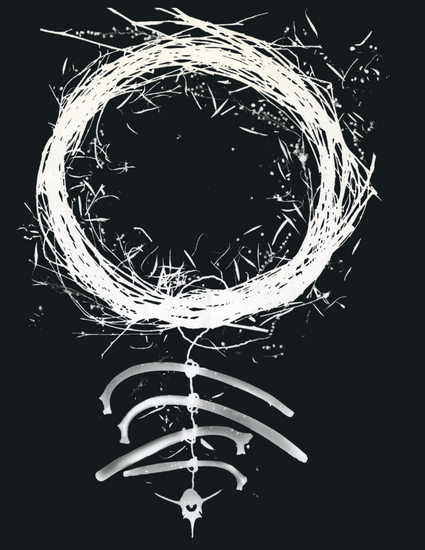Bowl of Bone: Tale of the Syuwe
Director
Jan-Marie MartellProducer
Turtle Productions- Release Date 1992
- Running Time 114 minutes
- Closed Captions No
- Availability Canada, USA
- Regular price
- $300.00
- Regular price
-
- Sale price
- $300.00
- Unit price
- per
License Definitions
License Definitions
Institutions: Purchase at this price level if you are from a university, college, school board, school district, government agency, business or association. Note: Price does not include inter-library loan rights.
Community: Purchase at this price level if you are from a single K-12 School, registered not-for-profit, community organization, public library. Note: Price does not include right to circulate DVD/program to other schools within district.
DSL Terms
DSL Terms
DSL stands for Digital Site License and permits the buyer of the license (or Licensee) to host the film on a private, password-protected, closed server for the term of the license for educational use. If your institution does not have a server or a private third party hosting platform or you are looking into a license for curated one-time events or fixed term exhibitions, please contact us.
See below for more information about DSL terms of use. Upon order placement, our staff will contact you within 3 business days to arrange digital file delivery.
Book a Screening
Book a Screening
Couldn't load pickup availability
Share


An intriguing film that eludes classification, Bowl of Bone combines biography, dreams, documentary, and journalistic narration, while recounting a powerful narrative of a unique 15-year collaboration between Jan Marie Martell, filmmaker/poet, and Annie Zetco York, Nlaka’pamux knowledge holder, visionary, teacher and elder of British Columbia’s forested mountain canyon area on Nlaka’pamux territory.
Carried by spiritual longing and seeking confirmation of the sacredness of the earth, Jan Marie arrives in Spuzzum, on the formidable Fraser River, and is welcomed by Annie and Annie’s cousin, Arthur Urquhart. There she proposes a film project, centred around Annie’s traditional Nlaka'pamux knowledge of plants and healing to engender awareness and respect for the interconnectedness and interdependence of all things, “the spirit in everything”. Annie accepts the proposed film project.
Born in 1904, Annie’s life trajectory was unusual for a Nlaka'pamux woman in her day. She did not attend the local Anglican residential school. Instead, she learned in the traditional Nlaka'pamux way from her elders, including Blind Granny, Old Chief Henry James, and Auntie Josephine. Annie’s cultural view, an expression of Nlaka'pamux relationship to the land and its creatures did not divide sacred from profane, nor impose power from above.
Annie generously shares her knowledge with Jan Marie. However, at an important juncture, Jan Marie experiences a lack of faith that blocks her from believing in the ritual cleansing Annie offers to teach her. She feels disqualified.
The film then makes a dramatic turn. After a round of forbidding and humorous testing by Arthur—trickster of unmatched wit and finesse—Jan Marie reaches a place of readiness only to discover Annie has withdrawn into an inner darkness; Annie’s protecting great aunt, her last living close elder, Auntie Josephine, has died.
Bitter, vulnerable and afraid, Annie grieves the disappearance of her elders, the logging of the land, and the erosion of the cultural context for oral histories, lineage connections, languages, stories, songs and integration of wise human relationships to the earth. With no children or relatives with whom to share this irreplaceable cultural wisdom, Annie is submerged under the weight of this vast loss. “All my old ones are gone”. Annie seems to wither away. She is diagnosed with breast cancer.
Gradually Annie regains her spiritual strength.
As the story unfolds, we are carried by the trance-like narrative ambience of the film, and guided on a healing journey. Cultural stereotypes melt away in this powerful portrayal of an extraordinary friendship demonstrating the universal possibility of hope, strength, and acceptance in the face of human frailty and cultural differences.
J.M. Martell
May 1, 2024
Gratitude to Andrea L. Laforet. Former Director, Ethnology and Cultural Studies at Canadian Museum of History.
“Bowl of Bone”, the skull as holder of memories and dreams. Taken from a poem by Sufi poet, Rumi in “Speaking Flame. Rumi” re-created by Andrew Harvey, 1989.
Award(s): Eagle Spirit Award, American Indian Film Festival; Best Film Over 60 Minutes, and Award of Excellence (Narration), Atlantic Film Festival; Best of Festival/Jury Award, Northwest Film & Video Festival; Honourable Mention (Society's Concerns category), American Film & Video Association; Gold Award (Ethnic & Cultural), Houston Worldfest; Award of Excellence, Vancouver Film Festival
Home use and one-time screening for educational use available at watch.movingimages.ca.
If your institution does not have a server or you are looking into a license for curated one-time events or fixed term exhibitions, please contact us.
Digital Site License (DSL) to Use Copyrighted Material - Terms of Use
The following terms are understood, accepted and effective upon payment of License Fee to Moving Images Distribution, the Licensor, and the buyer, the Licensee, named on the invoice. Copyrighted material, as identified on the invoice, hereinafter referred to as the Program.
- License: The Licensor hereby grants to the Licensee, for the DSL term listed on the invoice, the educational rights for digital streaming of the Program for use within the Licensee’s private, closed system, password-protected platform. Licensee acknowledges it shall not sublicense, sublease, rent, resell, duplicate, digitize or transfer to any other medium or format. Licensee shall not edit, cut or alter the Program nor post it on publicly-accessible websites or networks. This license (i) will not be included in any courses that could be sold to other institutions for future distance-education use; (ii) is non-transferable; and (iii) is not assignable by the Licensee.
- Users: The Licensee agrees that the users for this license shall be restricted to the Licensee’s accredited faculty, staff, students, and walk-in Library patrons.
- Expiration of Term: Upon expiration of the license term, the Licensee shall cease streaming of the Program and the Program must be inaccessible to Users after license term expiry or deleted from the Licensee’s digital servers upon expiry.
Acknowledgement of Limitations: The Licensee acknowledges the Program is copyrighted and the Licensor has a copyright interest in the Program which is legally protected against the Licensee’s use, copying or exhibition except as is set out above.
DVD w/PPR. PPR stands for Public Performance Rights. A DVD with PPR license permits the buyer to use the film in non-theatrical venues for educational purposes, community screenings and other non-commercial purposes. Standard educational DVD w/PPR purchases are in perpetuity for use by the institution, college, school, library, its staff and students.
All DVDs sales are final. We guarantee that all DVDs will be free from defects at the time of delivery. Defective DVDs will be replaced without charge within 30 days of date of shipment.
The creators of all works distributed by Moving Images Distribution hold copyright for their work. Copyrights are a form of intellectual property that gives the owner of the original work exclusive rights to that work, including its publication, distribution, adaptation and use. All purchasers are to specify use required precisely at time of ordering and agree to comply with all copyright, trademark and intellectual property law. No materials purchased may be used outside the rights acquired at time of purchase or may be reproduced in whole or in part by any method now known or hereafter devised. No materials purchased without specific broadcast license and agreement may be broadcast, retransmitted or exhibited in whole or in part without a specific license agreement from Moving Images Distribution for such use.






